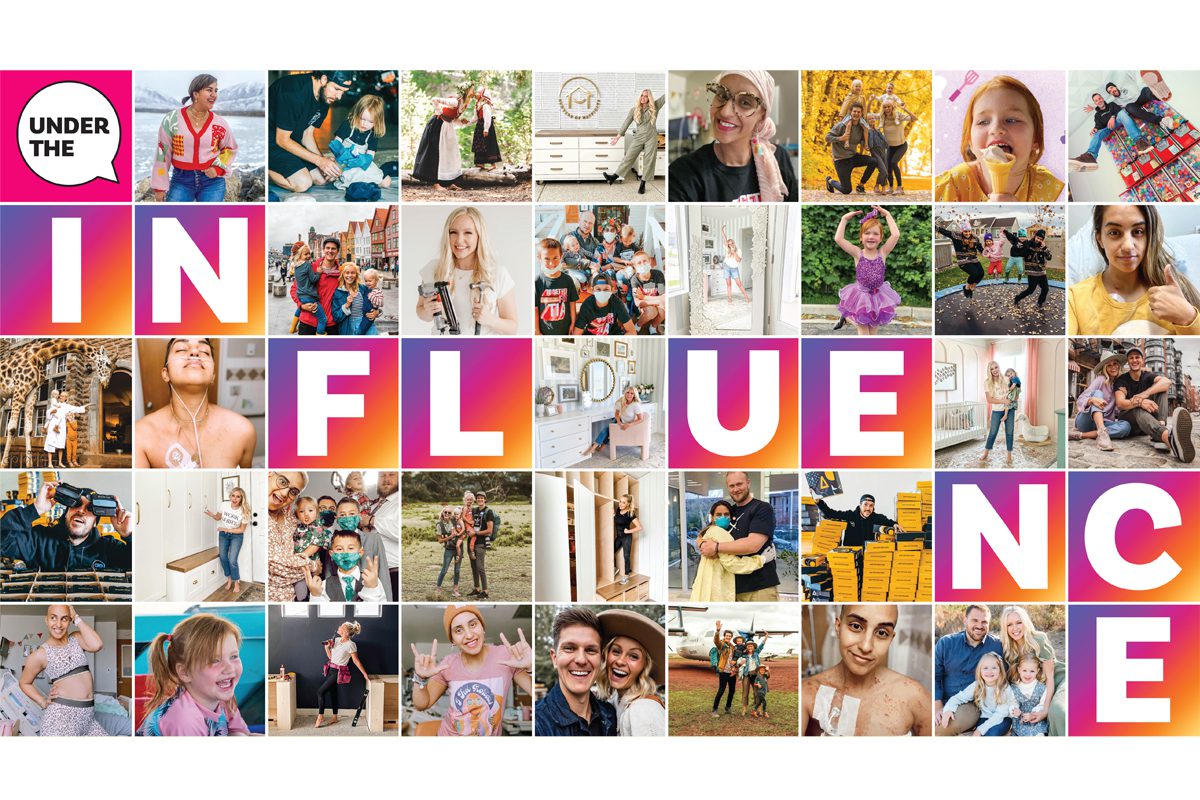
The term “influencer” has become omnipresent, defining individuals who wield significant influence over their followers on social media platforms. These influencers have transformed traditional advertising examples, making influencer marketing a keystone of many brands’ marketing strategies. The extent to which influencers brand products can vary widely, depending on several factors including the influencer’s reach, niche, engagement rates, and the nature of the product or service being promoted. This article delves into the multilayered world of influencer branding, exploring the various levels and methods through which influencers integrate branding into their content.
The Scale of Influencer Branding
Influencers can be broadly categorized into different tiers based on their follower count: nano (1,000-10,000 followers), micro (10,000-50,000 followers), mid-tier (50,000-500,000 followers), macro (500,000-1 million followers), and mega (over 1 million followers). Each tier represents a different level of influence and branding potential.
Nano and Micro-Influencers
Nano and micro-influencers typically have smaller, but highly engaged audiences. These influencers often promote brands with a more personal touch, participating products seamlessly into their everyday lives. Their branding efforts tend to be subtle and authentic, which can be particularly effective for niche markets. Brands often collaborate with nano and micro-influencers for product reviews, giveaways, and sponsored posts that feel genuine and relevant. The familiarity and trust they have with their followers can lead to higher engagement rates, making their branding efforts impactful despite their smaller reach.
Mid-Tier Influencers
Mid-tier influencers strike a balance between reach and engagement. They have a substantial number of followers, often in the tens or hundreds of thousands, allowing them to influence larger audiences while still maintaining a personal connection with their followers. Their branding efforts can include more sophisticated campaigns such as branded content, tutorials, unboxing videos, and collaborations with other influencers. These influencers are often seen as experts in their niches, which can enhance the perceived value of the brands they endorse.
Macro and Mega Influencers
Macro and mega influencers have the broadest reach, with audiences that can exceed millions of followers. Their branding efforts are more high-profile and can include major endorsements, product launches, and collaborations with well-known brands. These influencers often work with professional marketing teams to create polished content that aligns with brand aesthetics and messaging. However, the sheer scale of their reach can sometimes dilute the personal touch that smaller influencers offer. Despite this, their ability to reach massive audiences makes them valuable for brand awareness campaigns and large-scale marketing efforts.
Methods of Branding by Influencers
Influencers employ a variety of methods to brand products and services, ranging from subtle integrations to overt advertisements. The approach chosen often depends on the platform, the nature of the content, and the preferences of the influencer’s audience.
Sponsored Posts
One of the most common methods is the sponsored post, where influencers create content around a product or service and disclose the sponsorship. These posts can take various forms, including photos, videos, stories, and reels, each tailored to fit the platform’s strengths. Sponsored posts often blend seamlessly into the influencer’s regular content, maintaining a balance between promotion and authenticity.
Unboxing and Reviews
Unboxing videos and product reviews are another popular method. These types of content provide detailed insights into the product, showcasing its features, benefits, and potential drawbacks. Followers often value these honest reviews, as they help them make informed purchasing decisions. This method works particularly well for tech gadgets, beauty products, and subscription services.
Giveaways and Contests
Influencers also engage their followers through giveaways and contests. These interactive campaigns not only boost engagement but also increase brand visibility and follower count. Participants are typically required to follow the brand, like the post, and tag friends, creating a ripple effect that expands the brand’s reach.
Affiliate Marketing
Affiliate marketing involves influencers promoting a product or service through a unique link or code that tracks sales generated from their promotion. This method allows influencers to earn a commission on each sale, incentivizing them to promote the product actively. It also provides brands with measurable ROI, as they can track the direct impact of the influencer’s efforts on sales.
Brand Ambassadorships
Long-term collaborations between influencers and brands often take the form of brand ambassadorships. In these partnerships, influencers consistently promote the brand over an extended period, becoming the face of the brand. This method creates a deeper association between the influencer and the brand, fostering loyalty among followers.
The Impact of Influencer Branding
The impact of influencer branding on consumer behavior is significant. Influencers have the power to shape opinions, drive trends, and influence purchasing decisions. According to a study by Mediakix, 49% of consumers depend on influencer recommendations for their purchasing decisions. This trust stems from the perceived authenticity and relatability of influencers, who are often seen as peers rather than traditional celebrities.
Authenticity and Trust
One of the key reasons influencer branding is so effective is the authenticity and trust that influencers build with their followers. Unlike traditional advertisements, which can feel impersonal and intrusive, influencer promotions are often seen as genuine endorsements. This trust translates into higher engagement rates and better conversion rates for brands.
Targeted Reach
Influencers can also provide brands with highly targeted reach. By collaborating with influencers who cater to specific niches, brands can connect with audiences that are already interested in their products or services. This targeted approach not only increases the likelihood of conversion but also enhances the overall effectiveness of marketing campaigns.
Cost-Effectiveness
For many brands, particularly smaller ones, influencer marketing can be more cost-effective than traditional advertising. While mega-influencers command high fees, nano and micro-influencers offer more affordable options with impressive engagement rates. This cost-effectiveness makes influencer marketing accessible to a wide range of businesses.
Challenges and Considerations
Despite its advantages, influencer branding is not without challenges. One of the primary concerns is the authenticity of endorsements. As influencer marketing has grown, so has the scrutiny around the authenticity of paid promotions. Followers can sometimes perceive endorsements as insincere if not disclosed properly, which can damage both the influencer’s and the brand’s reputation.
Measuring ROI
Another challenge is measuring the ROI of influencer campaigns. While affiliate marketing provides clear metrics, other methods like brand ambassadorships and sponsored posts can be harder to quantify. Brands need to employ comprehensive analytics tools and strategies to assess the impact of their influencer partnerships accurately.
Brand Alignment
Ensuring that the influencer’s values and audience align with the brand is crucial. Mismatched collaborations can lead to ineffective campaigns and even backlash. Brands must carefully vet influencers to ensure that their image, content, and follower demographics align with the brand’s target market.
Conclusion
Influencer branding has revolutionized the way brands connect with consumers. From nano to mega influencers, each tier offers unique advantages, allowing brands to choose the right level of influence to meet their goals. Through various methods such as sponsored posts, unboxing videos, and affiliate marketing, influencers can effectively promote products and services, driving consumer engagement and sales. However, brands must navigate challenges such as ensuring authenticity, measuring ROI, and aligning with the right influencers. When executed correctly, influencer branding can be a powerful tool in a brand’s marketing arsenal, creating meaningful connections with consumers in an increasingly digital world.



